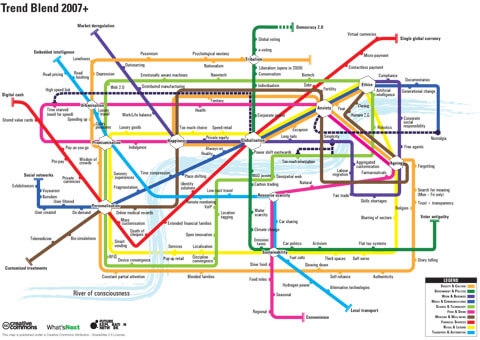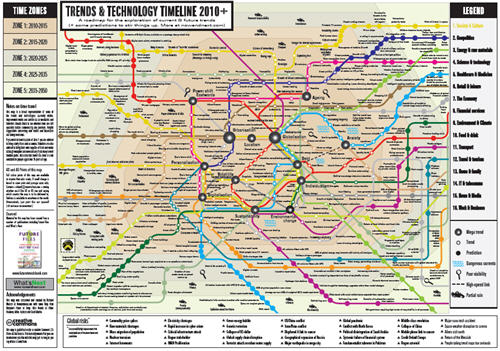We are as gods – the cycle swings back to techno-optimism and neo-psychedelia
The opening words of Stewart Brand’s Whole Earth Catalog in 1968 were: “We are as gods and might as well get good at it.”
Indeed, the late 1960s were a time of vast optimism for many, based not just on the belief that ancient social strictures could be thrown off, but also that by use of new technologies we could liberate ourselves. The 1970s and then 1980s disabused people of the notion that revolution had truly arrived, as so little of the potential seen in the full flowering of new ideas seemed to have come to pass.
Then in the 1990s there was a smaller renaissance of techno-optimism, I think best captured in Douglas Rushkoff’s book Cyberia (now fully downloadable), which talked of designer reality and technoshamanism. By then Timothy Leary had reinvented himself as a digital apostle, in Chaos and Cyberculture (the full text is here though it doesn’t do justice to what is a highly visual book) describing how computers and connectivity were now the tools of enlightenment.
Today, after a decade of financial greed and excesses analogous to the 1980s, techno-optimism and neo-psychedelia are coming back with a vengeance. A strong indicator is the forthcoming documentary Turning into Gods by Jason Silva – the trailer is below.
TURNING INTO GODS – ‘Concept Teaser’ from jason silva on Vimeo.




